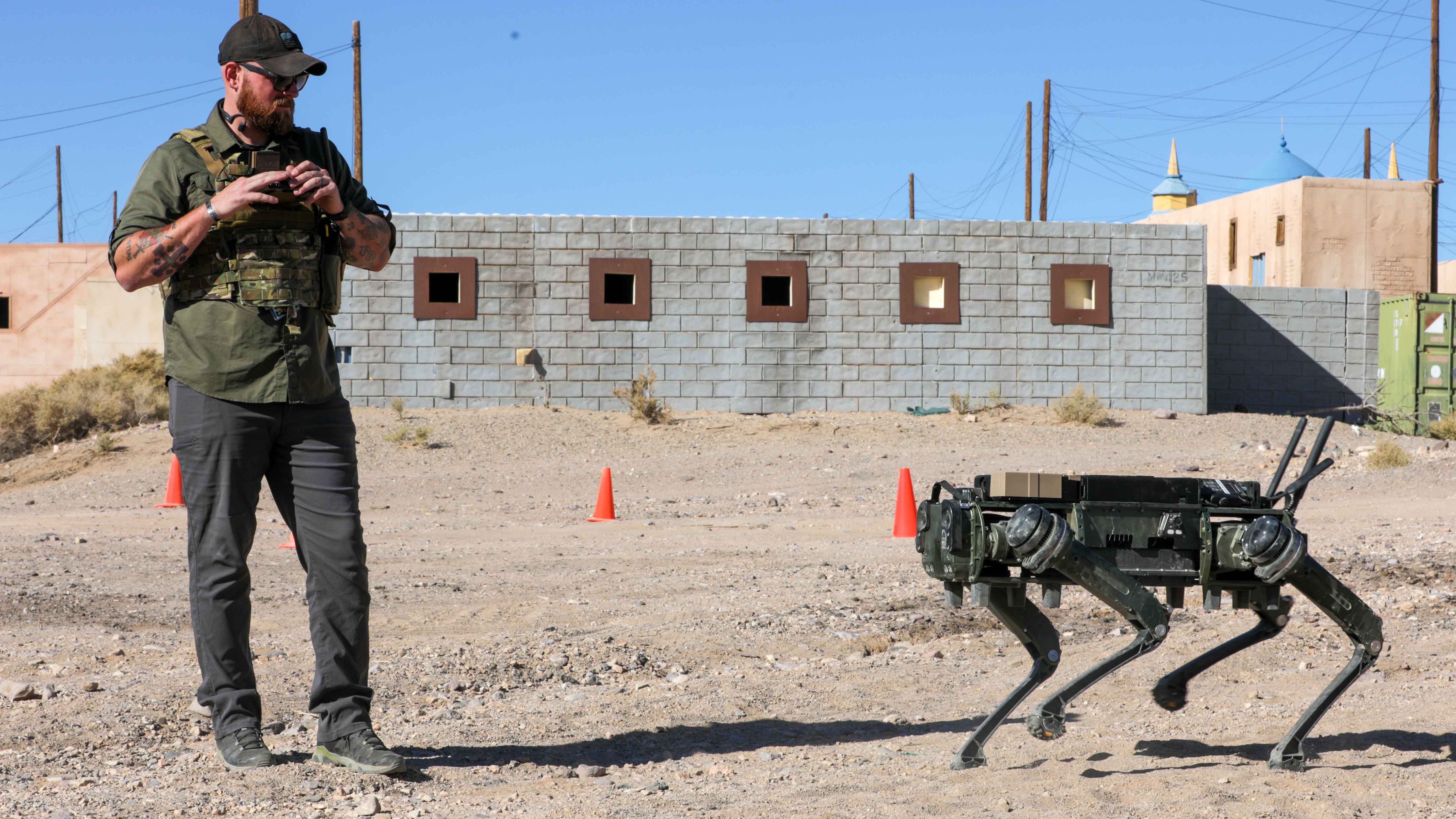Rainey: Service Needs Help Designing Army of 2040
Rainey: Service Needs Help Designing Army of 2040

The Army needs help from industry, academia and others as it envisions and designs the Army of 2040, the commander of Army Futures Command said.
From transforming its formations to improving human-machine integration, “we need some help,” Gen. James Rainey said during a keynote speech at the Association of the U.S. Army’s Global Force Symposium and Exposition earlier this year.
“War will remain a contest of wills between humans,” Rainey said. “What’s not going to change about the future? I would offer that. That is indisputable.”
Because of this human element, the Army’s “No. 1 asymmetric advantage” is its people, Rainey said. To maintain this all-volunteer force, Rainey encouraged those in the audience to tell their Army stories and encourage young people to join the service. “We have to sustain our quality of our people, and that starts with young men and women deciding to join,” he said. “If we get everything else wrong, we’ve got to get that right.”
And while all domains matter, “the future is absolutely going to involve controlling land,” Rainey said. “The future of warfare is going to require a force that can seize key terrain, kill people that are trying to defend it if they have to, and they can control that and protect that going forward.”
People live on land, Rainey said. “This idea that there’s a future that doesn’t involve the land domain is a little bit concerning,” he said.
The Army also must be able to bring all its capabilities together, Rainey said. “We can’t think about sustainment as an afterthought,” he said. “Every single arm we have, every branch, every capability, needs to be integrated into the future of maneuver.”
This is where the Army needs help, Rainey said, particularly as the force modernizes and incorporates new equipment, vehicles and technology. “We buy things, but we fight formations,” he said. “Everything we do, materiel-wise, needs to be, ‘How does this fit into a formation?’ And we’ll make better decisions, and we’ll put better formations on the battlefield.”
The Army is looking for ways to increase the lethality and survivability of its light formations, Rainey said. At the same time, it is looking to reduce the weight and shorten the logistics tail of its heavy armored formations without compromising or reducing firepower, he said.
Another area the Army is looking at is human-machine integration. “This is the game-changer,” Rainey said. “How do I take a combination of humans and machines and optimize both of them?”
While a lot of work is being done to offload menial, repetitive tasks to machines, “the one thing we’ve really got to offload on the machines is risk,” Rainey said. “Shame on us if we make first contact [in combat] with a human again. The technology absolutely exists for us to make sure that we don’t trade blood for first contact. Let’s trade robots for that.”
As it moves ahead, Futures Command also is looking at capacity. “We talk a lot in the Army about adding capability,” he said. “One thing I’ve observed … [is] having capability without capacity isn’t really useful.”
The Army has a fixed budget, so it must be smart, Rainey said. “How much capability do you want to add if you can’t add the capacity to go with that capability?” he said. “The next war, there’s not going to be a recovery phase. Once it starts, it’s on.”

